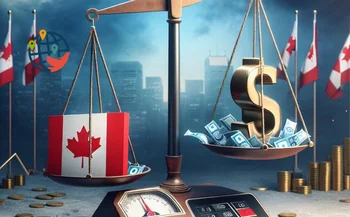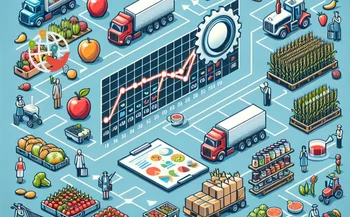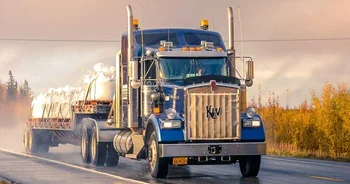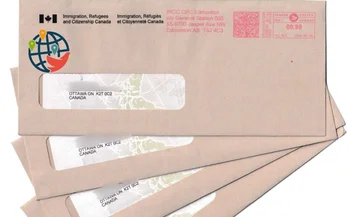How to pay for utilities in Canada
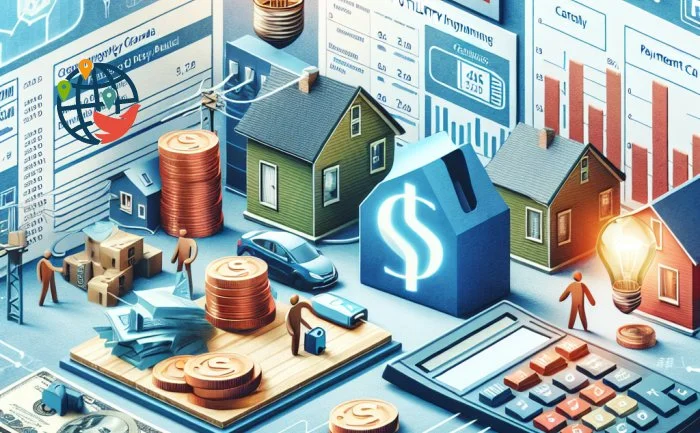
Features of utility rates and payment methods in Canada.
In Canada, utility systems vary by province, municipality, and rental agreement terms. The main utilities include water, electricity, phone, and internet. Payment processes can differ depending on the province and local conditions.
This overview provides detailed information about the structure of utility payments, types of services, and payment features in different regions of the country.
Phone and Internet Payments
Canadians choose their own phone and internet providers. Major companies like Bell, Rogers, Telus, and regional operators are available. Depending on the provider and service package, payments can be monthly or yearly. Users can choose different combinations: landline, mobile, and internet in one package or separate services.
Internet prices depend on speed and data volume. High-speed internet is available in large cities, while remote areas may use satellite or wireless networks. Internet is usually paid monthly, with options for automatic bank withdrawals or online payments through the provider's system.
Water Payment Features
Water is often included in rent or paid separately through local municipal services. In Toronto, for example, water may be part of the utilities covered by the landlord, while in other cities, tenants might receive bills from municipal organizations. It's important to clarify if water supply and sewage are included in the rental agreement.
Electricity: Provincial Examples
Electricity providers in Canada offer two main tariff options:
- Pay-as-you-go: The bill depends on actual monthly energy consumption. This option is convenient for those who can regulate usage seasonally.
- Balanced billing: Based on average annual energy consumption, this option spreads costs evenly throughout the year. It's suitable for those who prefer stable monthly payments.
Electricity in Canada is usually paid separately from rent. Providers vary by province. For example:
- In Ontario, the main provider is Hydro One, offering both pay-as-you-go and balanced billing options.
- In British Columbia, BC Hydro manages electricity, providing similar tariff options.
- In Alberta, there's an electricity market where users can choose providers and plans, allowing for flexible payments based on market conditions.
Additional Utilities
Heating
Heating can be electric or gas-powered, depending on the region. Ontario and Alberta often use gas heating. Companies like Enbridge Gas and ATCO Gas supply natural gas, with separate bills for usage. Other provinces may predominantly use electric heating, included in electricity bills.
Garbage Collection
Garbage collection is usually included in property taxes but may be a separate charge or part of rent for tenants. Bills may come from the municipality or private waste management companies, depending on location and rental terms.
Sewage and Drainage
Sewage and stormwater management are also utilities. Usually included in water bills, some municipalities may issue separate bills for these services.
Security Systems
Some residents install home security systems. Video surveillance and alarm services are provided by security companies like ADT or Vivint, typically paid monthly through long-term contracts.
Parking
If rental housing includes parking, it may be an additional expense. In large cities, parking costs can be significant and added to the total rent.
Air Conditioning
In summer, some regions like Alberta and British Columbia may use air conditioning. Usage is reflected in electricity bills. Sometimes, tenants may rent or maintain AC systems through separate contracts with providers.
Payment Process
Utility payments in Canada can be made through various methods:
- Automatic withdrawals from bank accounts
- Online banking payments
- Mobile app payments
- In-person payments at provider offices
- Check payments by mail
How Are Utility Bills Sent?
Utility bills in Canada can be received in different ways:
- Electronic bills. Most utility companies offer to send bills via email or through an online account portal. Electronic bills allow for quick payment using online banking or mobile apps.
- Paper bills. Some residents still receive traditional paper bills by mail. This can be convenient for those who don't use electronic services. However, some companies charge an additional fee for paper bills.
- Mobile app notifications. Service providers send notifications about new bills and payment deadlines through their mobile apps, allowing residents to quickly track bills and make payments.
- Automatic payments. If automatic payments are set up, bills may not be sent separately, but residents can view them in the providers' online systems.
- Online account portals. Many service providers offer access to bills through personal accounts on their websites, where you can view and download bills, as well as track payment history.
Utility Costs in Canada
The average cost of utilities in Canada can vary significantly depending on the province or territory. In Ontario, electricity costs range from $100-150 CAD per month. In British Columbia, monthly electricity expenses are around $86 CAD due to cheaper hydroelectric power. In Alberta, residents may pay approximately $106 CAD for electricity.
Water is billed based on usage, and in major cities like Toronto and Vancouver, water bills can range from $50 CAD to $150 CAD depending on the number of residents.
Internet and phone services also contribute to overall expenses. Internet in Canada costs between $50 CAD and $75 CAD per month, while mobile phone service can cost around $35 CAD for a basic plan. These expenses may vary depending on the region, season, and housing characteristics.




